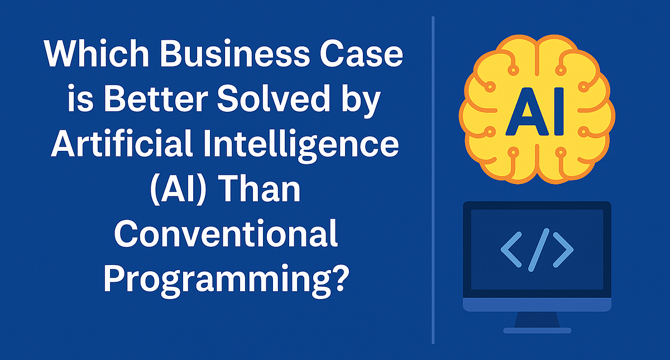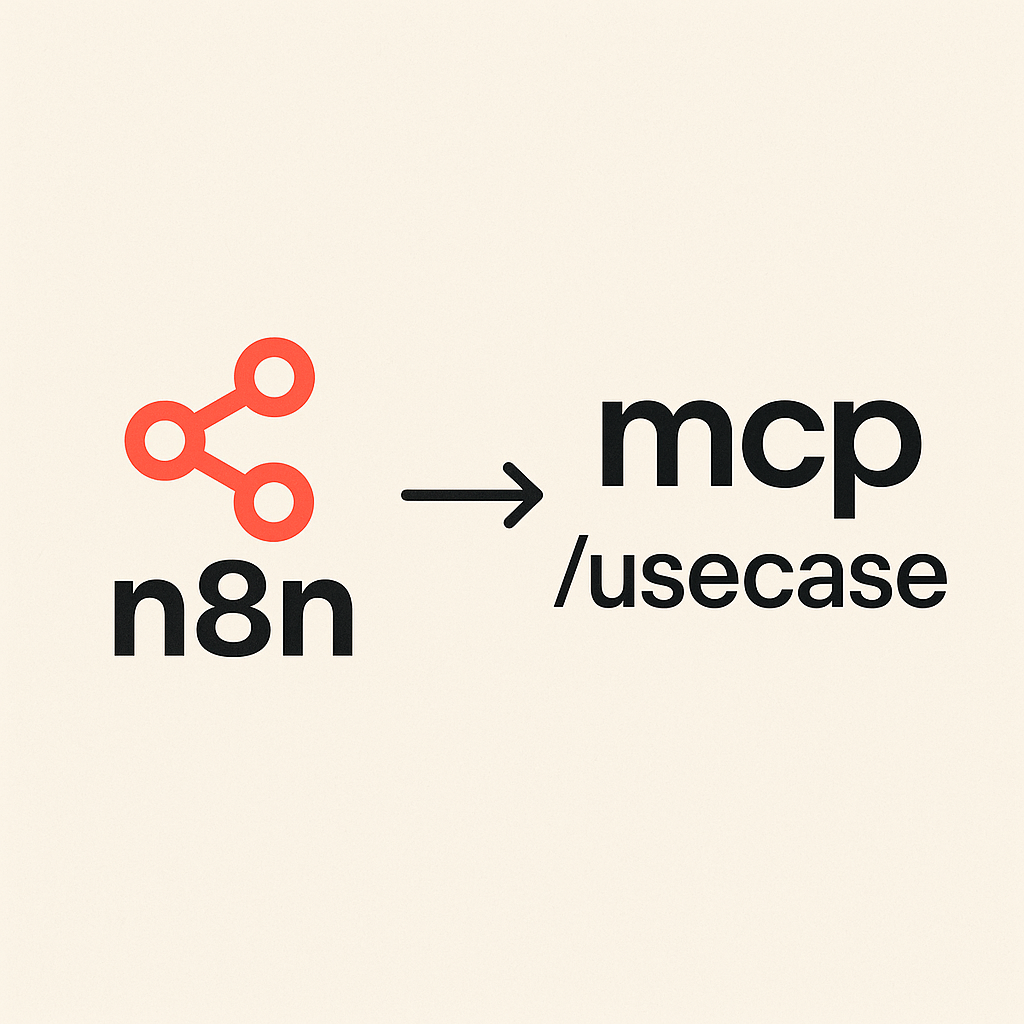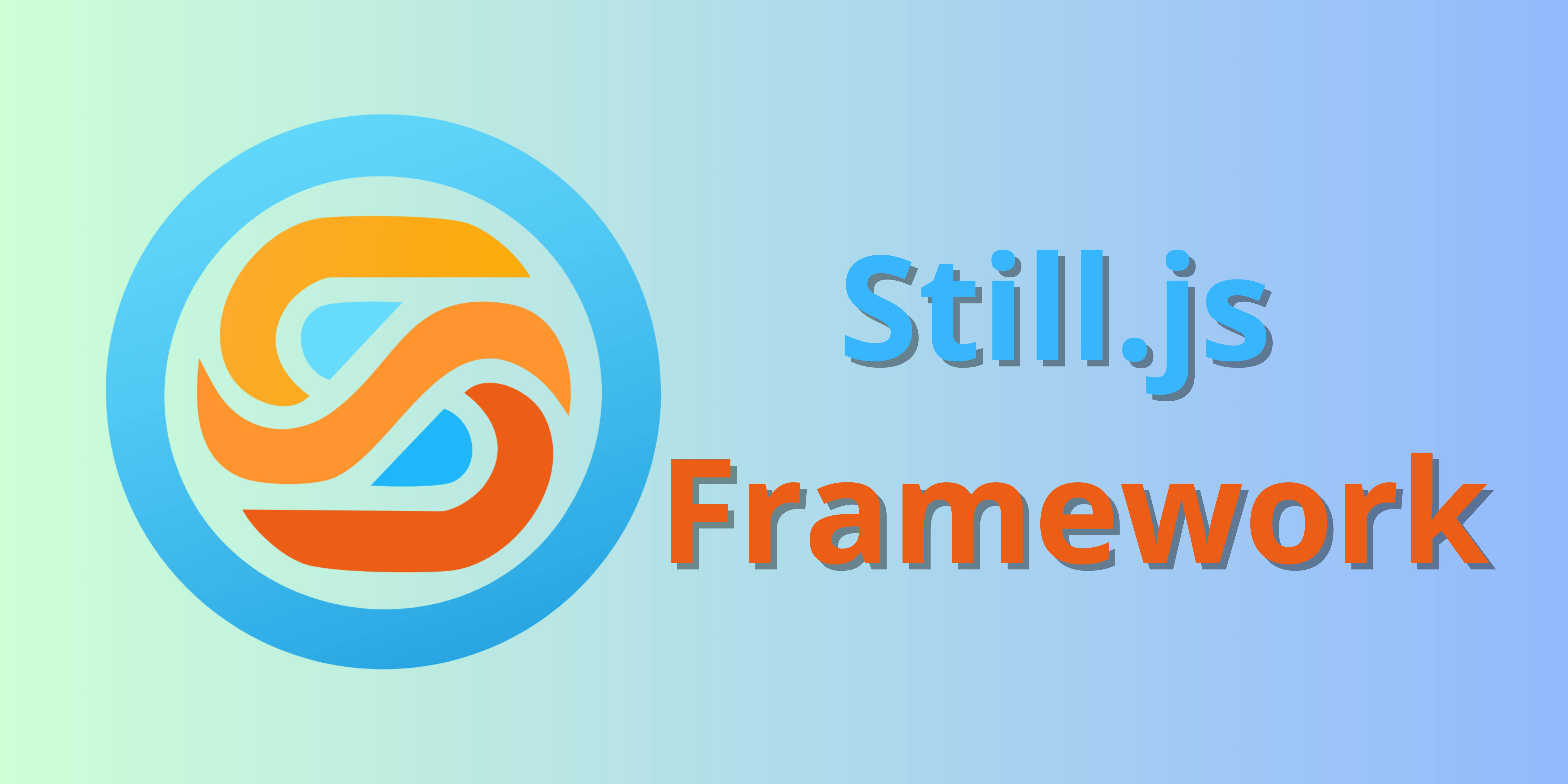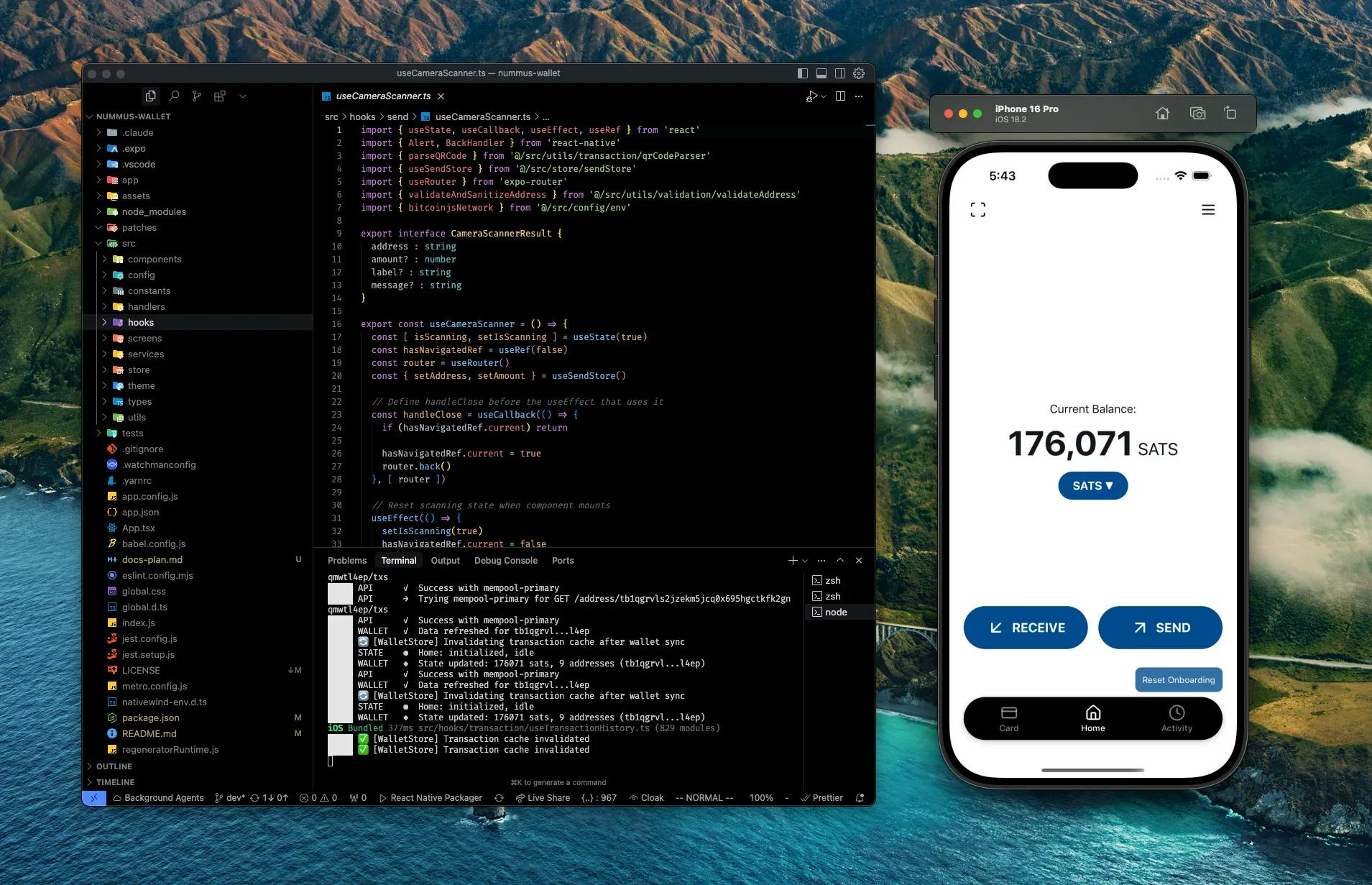Programming News
Dev
119

Image Credit: Dev
Cache and Data Locality Optimization(1751438952033400)
- Experienced transformation in performance development understanding with Hyperlane framework in Rust-based web dev.
- Framework emphasizes zero-cost abstractions, type safety, and compile-time guarantees for robust apps.
- Features include efficient config system, context-driven architecture, middleware, real-time communication, and more.
- Impressive performance, benchmark results, memory management, advanced features, best practices highlighted.
- Insights on error handling, troubleshooting, and planning for future directions in Rust web dev.
Read Full Article
7 Likes
Medium
315

Image Credit: Medium
Inbox Zero: The Python Script That Organizes My Gmail So I Don’t Have To
- Feeling overwhelmed by a cluttered Gmail inbox, the author created a Python script to automate email organization.
- The script uses google-api-python-client, google-auth, and google-auth-oauthlib to interact with Gmail.
- Automated tasks include filtering unread emails from the last 7 days and categorizing them based on predefined rules.
- The script not only saved time but also brought a proactive approach to email management, allowing for automated sorting and cleaning.
Read Full Article
18 Likes
Medium
166

Image Credit: Medium
Adding Paragraphs to Tables: A Simple Approach
- Integrating paragraphs within table cells can enhance the clarity and presentation of documents.
- UniOffice SDK simplifies the process of adding paragraphs to tables effectively.
- The combination of paragraphs and tables offers benefits like presenting structured data and telling stories around it.
- Using tools like UniOffice SDK can streamline document creation and make information more accessible and easier to understand.
Read Full Article
10 Likes
Medium
76

Image Credit: Medium
Which Business Case is Better Solved by Artificial Intelligence (AI) Than Conventional Programming?
- Learn when to use AI vs conventional programming for business needs.
- AI allows machines to learn from data and make smart decisions.
- Real-world examples show AI's advantages in healthcare, eCommerce, and fraud detection.
- Conventional programming is better for simple, rule-based tasks.
- To make a decision, consider complexity, data volume, and need for adaptability.
Read Full Article
4 Likes
Discover more
- Software News
- Web Design
- Devops News
- Open Source News
- Databases
- Cloud News
- Product Management News
- Operating Systems News
- Agile Methodology News
- Computer Engineering
- Startup News
- Cryptocurrency News
- Technology News
- Blockchain News
- Data Science News
- AR News
- Apple News
- Cyber Security News
- Leadership News
- Gaming News
- Automobiles News
Medium
341

Image Credit: Medium
How I Automated Lead Routing with n8n and MCP: Key Takeaways
- The article discusses how the author automated lead routing using n8n and MCP.
- The automated workflow involved lead submission triggering an n8n workflow, which then utilized an MCP server for smart sales rep assignment.
- Benefits included instant lead routing, AI-driven decisions for optimal rep assignments, and timely notifications to prevent missed leads.
- The article also suggests other use cases for AI automation using n8n, such as AI-powered email campaigns and automated data fetching.
Read Full Article
20 Likes
Dev
413

Image Credit: Dev
Yes, I'm an SDE. No, I Didn't Know About WWW-Authenticate 😩
- Basic Header Authentication is a simple method of authentication that doesn't require client-side code and was added to the HTTP 1.0 specification in 1996.
- It involves the server sending a 401 Unauthorized status with an authentication header to which the browser automatically prompts the user for their username and password.
- Basic Header Authentication is chosen for its simplicity, lack of client-side code requirement, and suitability for small use cases where high-level security is not essential.
- Freshers and junior developers should know about Basic Header Authentication as it can be useful for small projects and internal tools, saving time and avoiding the need for frontend login logic.
Read Full Article
24 Likes
Dev
174

Image Credit: Dev
System Monitoring Solutions(1751437038277000)
- Exploration of modern web development with Hyperlane framework in Rust unveils crucial architecture understanding.
- Zero-cost abstractions, compile-time guarantees eliminate runtime errors, ideal for production-ready web services.
- Flexible, type-safe configuration system, Context pattern for request handling efficiency, middleware system architecture demonstrated.
- Impressive real-time communication support, performance analysis, memory management optimization, SSE implementation details.
- Error handling, resilience strategies, troubleshooting insights, memory efficiency, and future framework directions discussed.
Read Full Article
10 Likes
Dev
166

Image Credit: Dev
🎯 Build a Modern To-Do App with Bootstrap 5, HTML, CSS & JavaScript (LocalStorage + Responsive UI)
- Learn to build a modern To-Do List App using Bootstrap 5 and vanilla JavaScript with this tutorial.
- Key features include CRUD functionality, LocalStorage for storing tasks, and a responsive UI.
- The tutorial covers creating a clean modal-based UI, styling task cards with checkboxes, and more.
- Great for beginners and those looking to enhance frontend skills, this project is Bootstrap-based and mobile-ready.
Read Full Article
10 Likes
Dev
298

Image Credit: Dev
Production Deployment Strategies Docker Cloud High Web(1751436470417100)
- Cross-platform deployment and cloud-native architecture are crucial for application reliability and scalability.
- A Rust-based framework revolutionizes application deployment with single binary capability and cloud-native focus.
- Docker enables consistent deployment while Kubernetes offers orchestration for cloud-native applications.
- Comprehensive CI/CD pipelines, Infrastructure as Code, monitoring setup, and Grafana dashboard enhance deployment.
Read Full Article
17 Likes
Hackernoon
55

Image Credit: Hackernoon
Still.js Is Taking Vanilla JavaScript to the Enterprise
- Still.js is a modern Open Source framework that allows building complex web applications using vanilla JavaScript.
- Still.js supports features like modularization, user permission management, component routing, validation, and more for enterprise-grade applications.
- Code samples demonstrate how to create basic components, implement user authorization management, form validation, and global state management in Still.js.
- Developers can contribute to Still.js on GitHub, explore tutorials on YouTube, and join the community on Discord for support and feedback.
Read Full Article
3 Likes
Hackernoon
8

Image Credit: Hackernoon
Here’s Everything I Learned Building a Bitcoin Wallet from Scratch in 4 Months
- Building a Bitcoin wallet from scratch in 4 months, live-streaming the process.
- Started as an MVP, but evolved into a solo graduation project due to market demand.
- Focused on core functionalities, learned the art of saying no to feature creep.
- Used BitcoinJS-lib, React Native, TypeScript, and key Bitcoin standards in development.
- Personal lessons: Perfection hinders momentum, persistence is key, and backend is preferred.
Read Full Article
Like
Javacodegeeks
83

Image Credit: Javacodegeeks
Spring Boot & Keycloak: Role-Based Authorization
- Practical guide on securing services with Keycloak and Spring Security for microservices or APIs.
- Configure role-based authorization using Keycloak and OAuth2 with JWT tokens in Spring Boot.
- Learn how to set up Keycloak, map roles, validate JWT, and secure endpoints.
Read Full Article
5 Likes
Medium
25

Image Credit: Medium
⛔️“Your Name Is for Sale – Incogni Helps You Take It Back”
- Incogni is a tool designed to help individuals protect their online data and privacy by actively erasing their presence from databases.
- The tool sends automated legal requests to data brokers, deletes data from public websites and private databases, requests addition to suppression lists, and performs ongoing checks to prevent data reappearance.
- Incogni aims to prevent unsolicited communication like cold calls, spam emails, and mysterious messages, reducing the risk of data misuse in fraud, background checks, and social profiling.
- The tool is recommended for individuals concerned about online risks, identity theft, and data privacy, including professionals, freelancers, entrepreneurs, and those wishing to minimize their digital footprint.
Read Full Article
1 Like
Dev
244

Image Credit: Dev
7 Insane Gemini CLI Tips That Will Make You a Superhuman Developer
- Gemini CLI, created by Google, is a powerful tool for developers offering AI-assisted commands for code, repo management, and file organization.
- 7 lesser-known capabilities of Gemini CLI include renaming images based on content, converting YouTube tutorials into shell commands, auto-analyzing and closing spam PRs on GitHub, multi-chain prompts, hidden features in /tools command, shell mode for natural language interaction, and explaining code with auto-generated architecture diagrams.
- Gemini CLI enhances workflow efficiency, saves time, and simplifies complex tasks for developers, making terminal sessions feel futuristic.
- The features of Gemini CLI are transforming how developers interact with their development environments, offering automation, contextual awareness, and advanced terminal-level access.
Read Full Article
14 Likes
Medium
341

Image Credit: Medium
I’ve provided images that appear to be notes from a Python programming course, likely from…
- The provided Python programming notes cover data type conversions, built-in functions, lists,
- dictionaries, sets, and frozensets with practical examples and simulated program results.
- The article demonstrates variable operations, string manipulations, dictionary additions/deletions,
- and set creations, showcasing the fundamentals of Python programming concepts.
Read Full Article
20 Likes
For uninterrupted reading, download the app